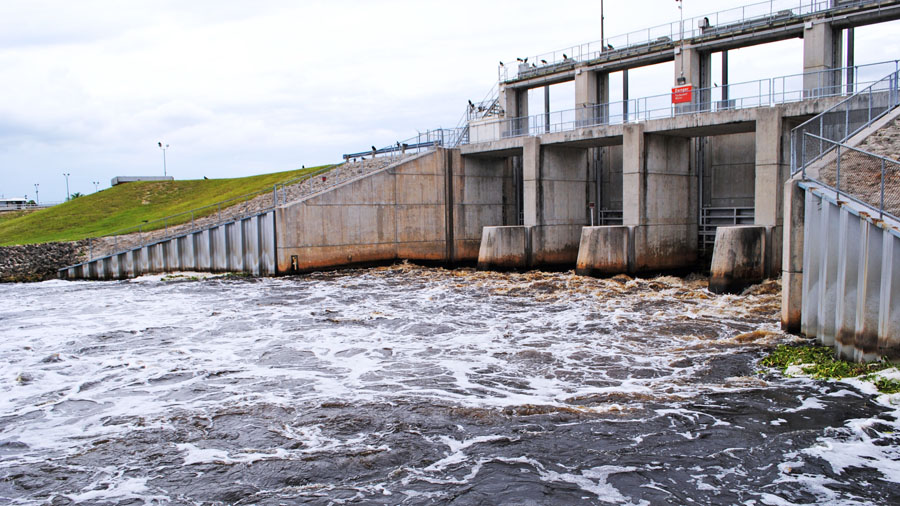A federal judge ruled recently that water discharges from Lake Okeechobee managed by the U.S. Army Corps of Engineers are to be evaluated to make sure they’re not harmful to native and protected wildlife.
The U.S. District Court for the Southern District of Florida Judge Donald Middlebrooks ruled at the end of October that the Army Corps violated the Endangered Species Act and ordered the federal agency to reinitiate consulting with the U.S. Fish and Wildlife Service — in order to prepare a biological assessment on effects of the overflow releases into the Caloosahatchee and St. Lucie estuaries, on seagrass die-off as well as protected species such as manatees and their critical habitat, nesting sea turtles, smalltooth sawfish, piping plovers, wood storks, and red knots.
Middlebrooks found “shocking” the number of manatee deaths following the release of highly nutrient-rich water from the country’s second-largest freshwater lake often referred to as the “liquid heart” of the Everglades.
“Between December 2017 and Aug. 18, 2018, [the Florida Fish and Wildlife Conservation Commission] attributed 52 of 67 manatee deaths to red algae. … This statistic is particularly shocking as the 2018 Opinion reports that ‘[f]rom 2000 through 2012 there were 64 manatee deaths reported from the Lake Okeechobee area,’” he wrote in his ruling.
“Assuming the area measured is roughly the same, this means that more manatees died within an eight-month period of red tide than died within 12 years.” he continued.
“We’re encouraged that the federal agencies will finally assess the impacts of harmful algal blooms fueled by Lake Okeechobee discharges on endangered species and their habitats,” said John Cassani of Calusa Waterkeeper.
Continue Reading

























